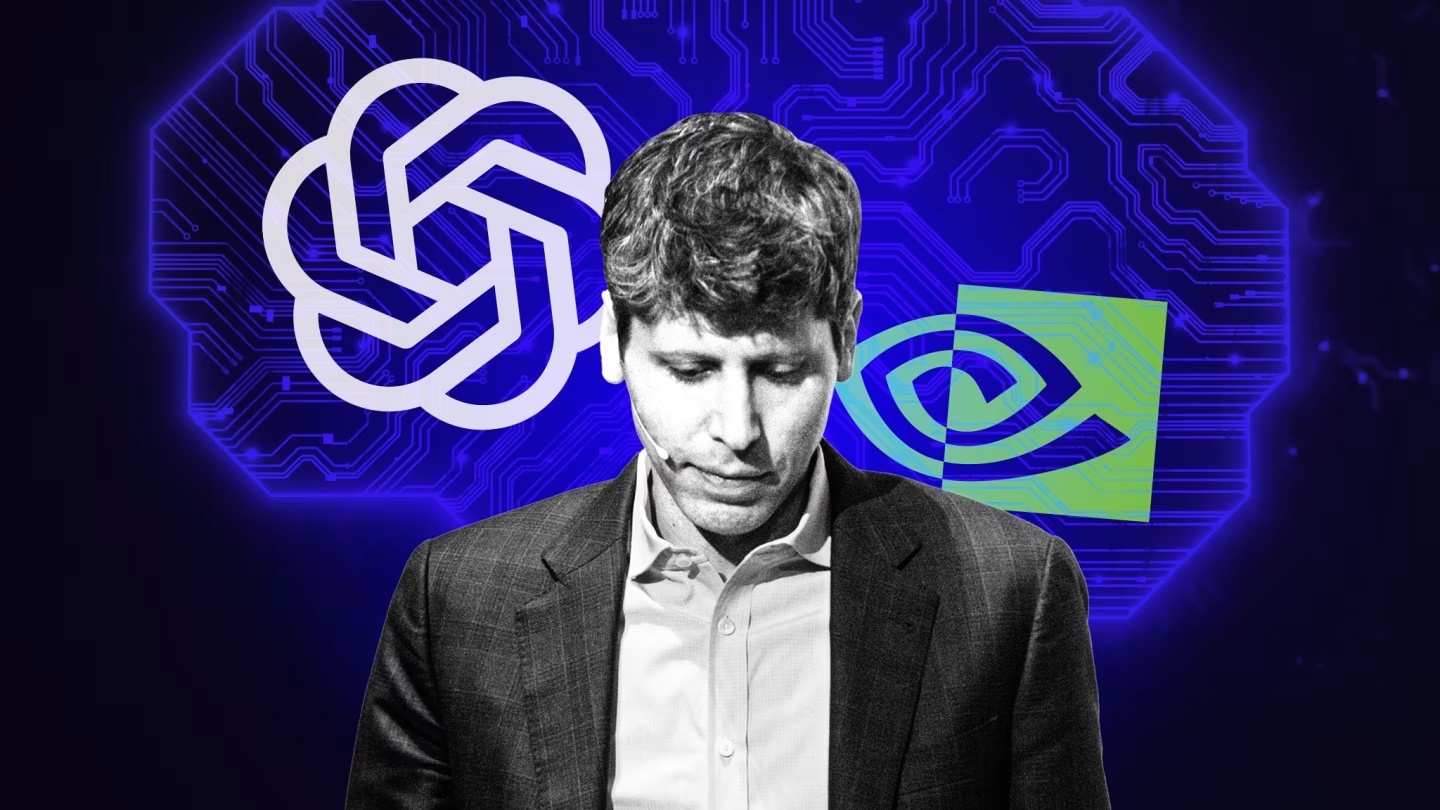
Over the past three years, artificial intelligence (AI) has become the focus of the global technology wave. From research labs in Silicon Valley to popular applications in life, AI is expected to fundamentally change the way people work, learn and entertain. Every step of the large language models (LLM) is closely watched, even fueling predictions about the era of AGI, artificial general intelligence surpassing humans.
But the launch of GPT-5, which OpenAI touted as a “historic turning point,” has revealed cracks in that belief. Rather than bringing about a revolution, the new model has been met with criticism for its performance and creativity, raising questions about whether the rapid pace of AI progress is slowing and that the race in the technology industry has entered a new phase.
From expectation to reality
When OpenAI announced GPT-5 in early August, the tech world saw it as a major milestone. CEO Sam Altman called it “a major step forward on the road to AGI.” Nick Turley, who leads ChatGPT, said the new model would deliver a superior experience.
But the reality did not live up to expectations. Just days after its launch, social media was flooded with complaints about basic errors that had been repeated in previous versions, such as mislabeling the US map. Some experts even said that the model had lost its inherent “personality” and performed worse than its competitors in benchmark tests.
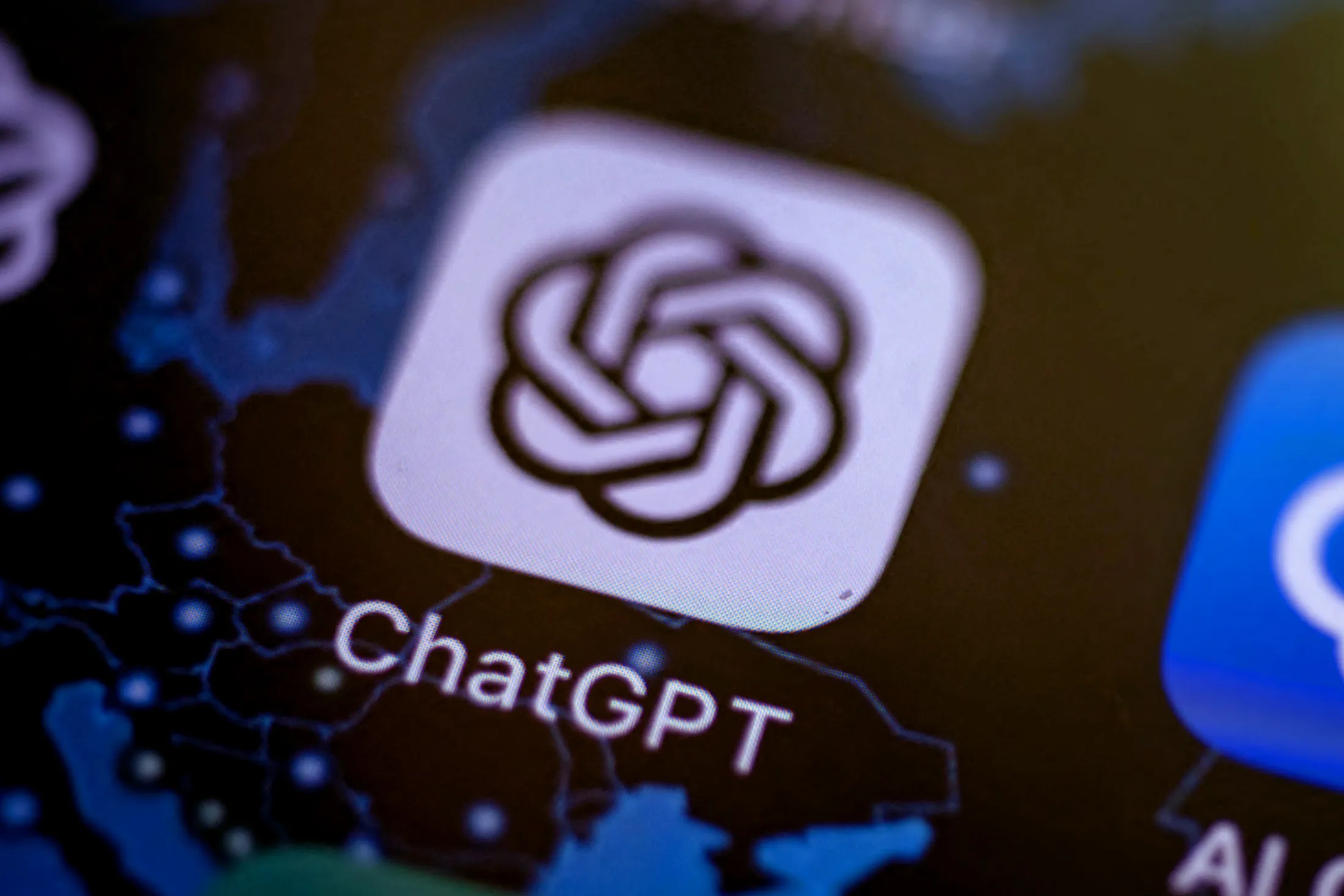 |
GPT-5 is not as prominent as analysts expected. Photo: Bloomberg . |
After much promise, GPT-5 was seen as a minor improvement rather than a quantum leap forward. Thomas Wolf, co-founder of Hugging Face, commented that users were expecting something completely new, but it didn't happen.
Now, many analysts in Silicon Valley are starting to question the limits of AI after the emergence of GPT-5, a product that has received hundreds of billions of dollars in investment but has achieved only modest improvements. Over the past three years, the rapid pace of AI progress has made investors and researchers accustomed to expecting “every version is a revolution.”
The disappointment is all the more stark given the high expectations placed on OpenAI. The company, once a market leader, now faces fierce competition from Google, Anthropic, xAI, and DeepSeek. Many experts say the setback shows that the “AGI fantasy” is slowly becoming a reality.
Limits of the giant model
According to Gary Marcus, a professor at New York University, GPT-5 is a symbol of a hasty approach to achieving AGI that has failed. Stuart Russell, an expert at UC Berkeley, even compared the current situation to the 1980s, when the first AI bubble burst due to expectations outstripping reality.
The problem now lies in the familiar formula of companies combining massive data sets with massive computing power to create better models. For a few years, this formula produced steady results. But now AI labs have exhausted the free data available on the Internet. They have to buy the rights to use content from copyright-holding publishers, with unclear results.
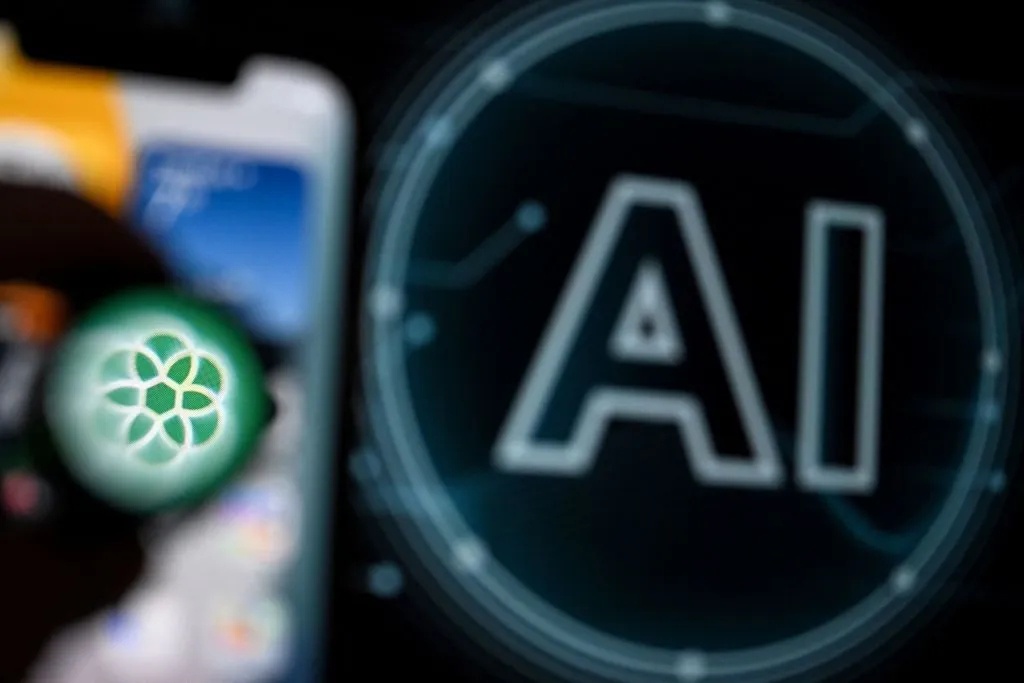 |
Large language models (LLMs) have many limitations. Photo: Bloomberg . |
The second challenge is computing power. GPT-4 was trained on thousands of Nvidia GPUs, while GPT-5 is estimated to require hundreds of thousands of next-generation chips. CEO Altman himself admits that chatbots like ChatGPT “can’t get any better” even if the underlying model continues to improve.
“We haven’t reached the limits of AI, but we’re definitely at the limit with text-only language models,” said Yann LeCun, chief scientist at Meta. He calls for a move toward multimodal models that learn from the real world through images, videos, and physical interactions.
These new approaches could pave the way for AI applications in self-driving cars, robots, and personal assistants with planning capabilities. “Just adding more computing power to dream of AGI is not enough. We need a new strategy,” said Joelle Pineau, director of AI at Cohere.
The race changes direction
The GPT-5 slowdown also has implications for US tech policy. If the Biden administration prioritizes safety regulation, President Donald Trump’s focus on industrial competition is becoming increasingly overstated. The threat of “superintelligent” AGI is increasingly seen as overstated. David Sacks, an expert, calls the current AI market a “Goldilocks” state, a balance between competition and human control.
Now, Washington is shifting its focus from security concerns to ensuring US-style chip dominance. Trump’s deal with Nvidia to license the sale of its H20 chips to China shows that strategic priorities have shifted.
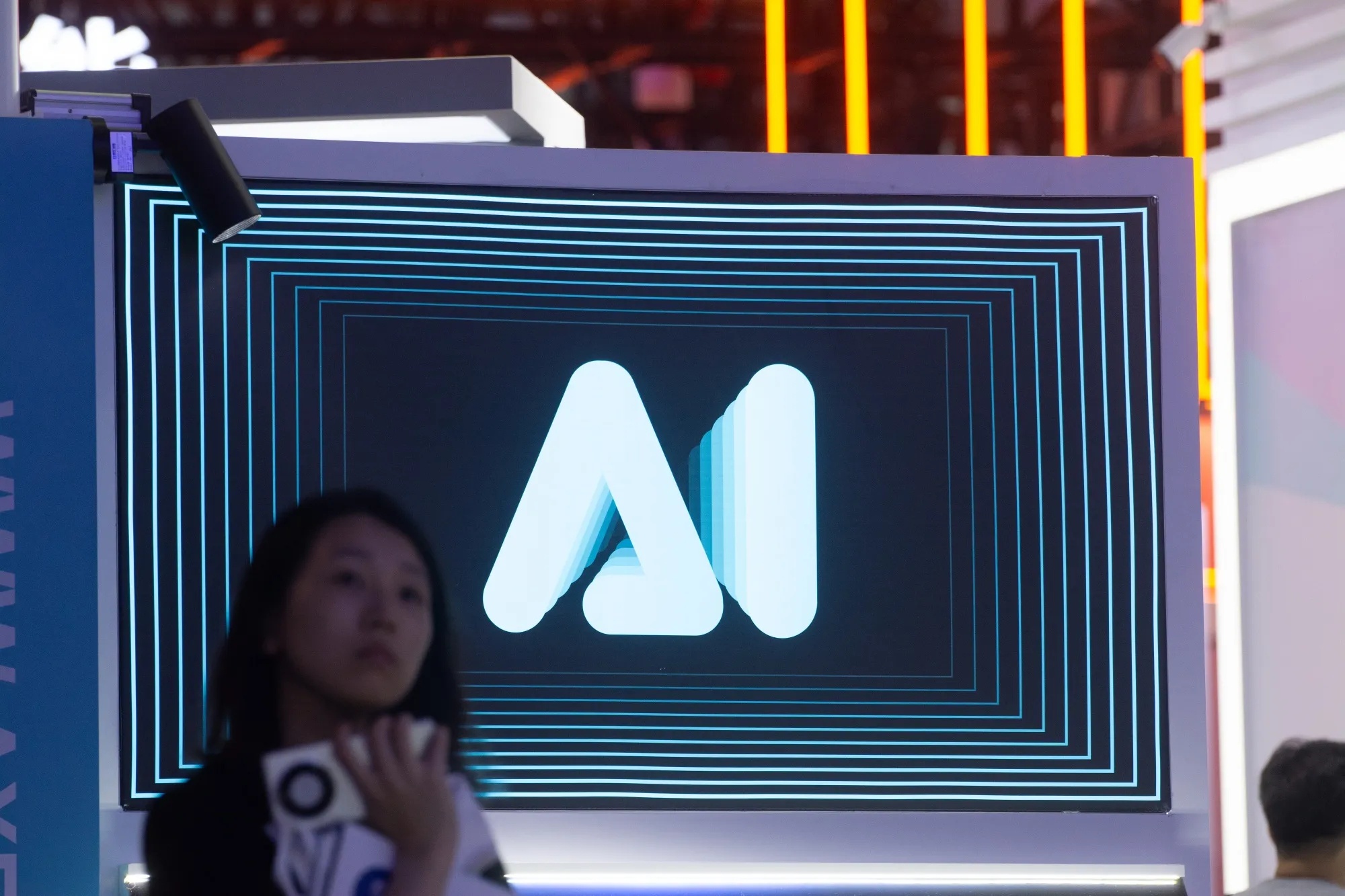 |
GPT-5 could open up more practical directions for AI technology. Photo: Bloomberg . |
From a market perspective, investors are not too concerned about AI slowing down. Startup valuations continue to soar, while Nvidia’s market value has reached $4.4 trillion . SoftBank, a major investor in OpenAI, has seen its shares rise more than 50% in just one month.
Investors are more interested in the huge revenue ChatGPT brings, while the prospect of AGI is still quite far away. For users, ChatGPT has become a “verb” when referring to AI, similar to how Google has become synonymous with search.
Experts say that while GPT-5 may not be groundbreaking, it does offer a more practical path forward by focusing on business and service applications. Princeton University PhD Sayash Kapoor says GPT-5 stands out for its cost-effectiveness and speed, though it is only average for many tasks. This could spur a wave of product innovation instead of dreaming about AGI.
“The technology we have today is just scratching the surface. The potential of AI is huge, and the next step is to get to practical applications,” said Miles Brundage, a former OpenAI expert.
Source: https://znews.vn/gpt-5-lam-lo-gioi-han-cua-ai-post1577891.html


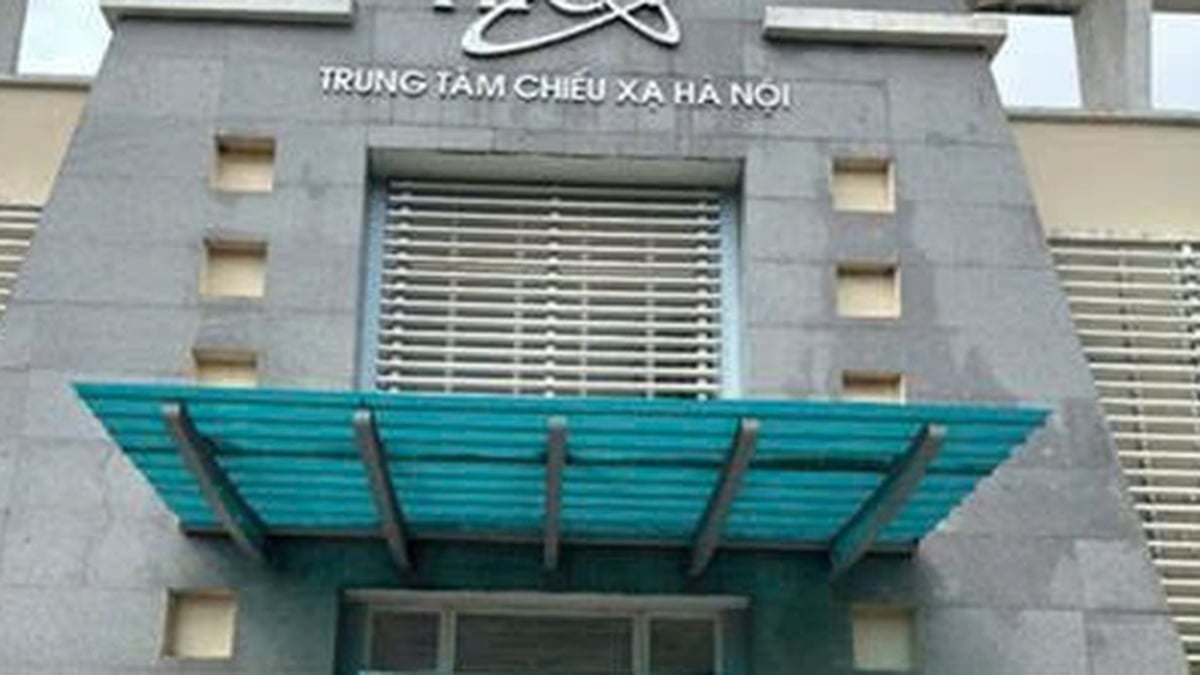




















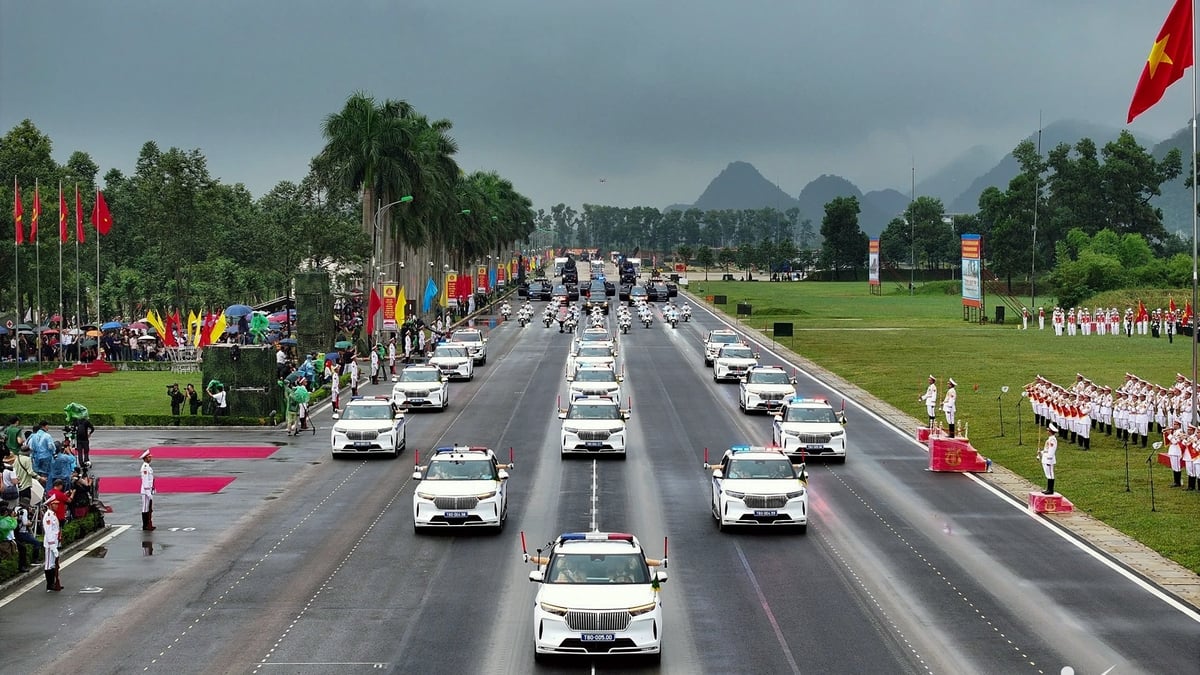
![[Photo] Prime Minister Pham Minh Chinh attends the opening ceremony of the National Data Center](https://vphoto.vietnam.vn/thumb/1200x675/vietnam/resource/IMAGE/2025/8/18/b5724a9c982b429790fdbd2438a0db44)


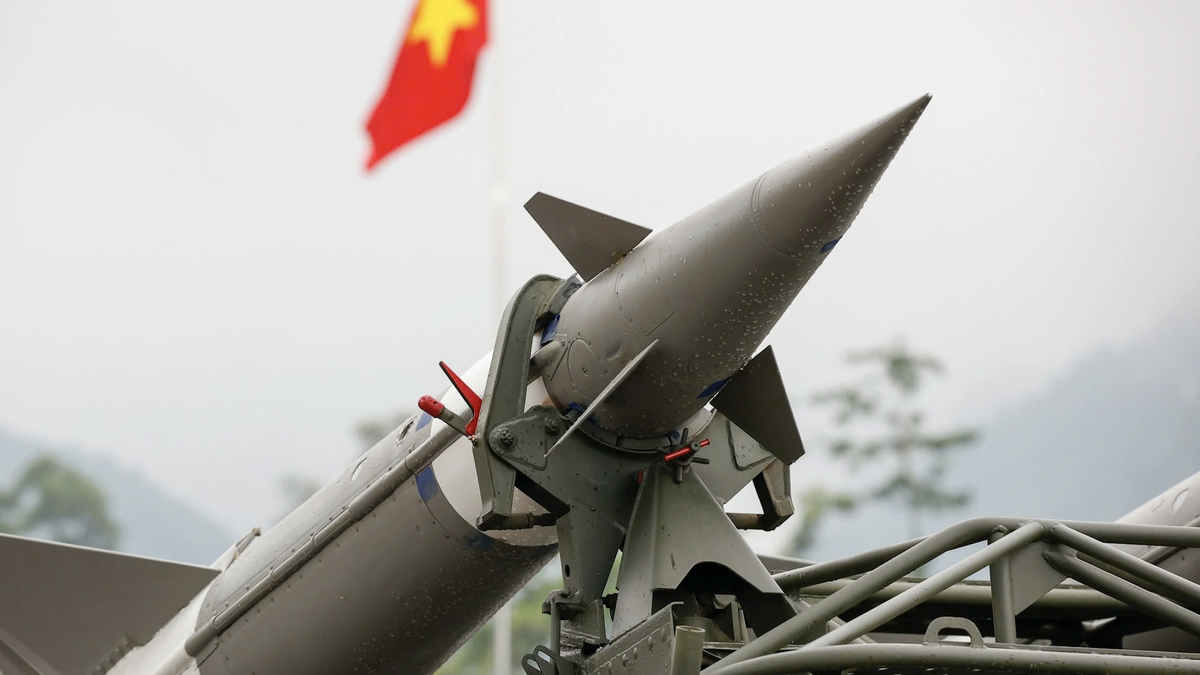

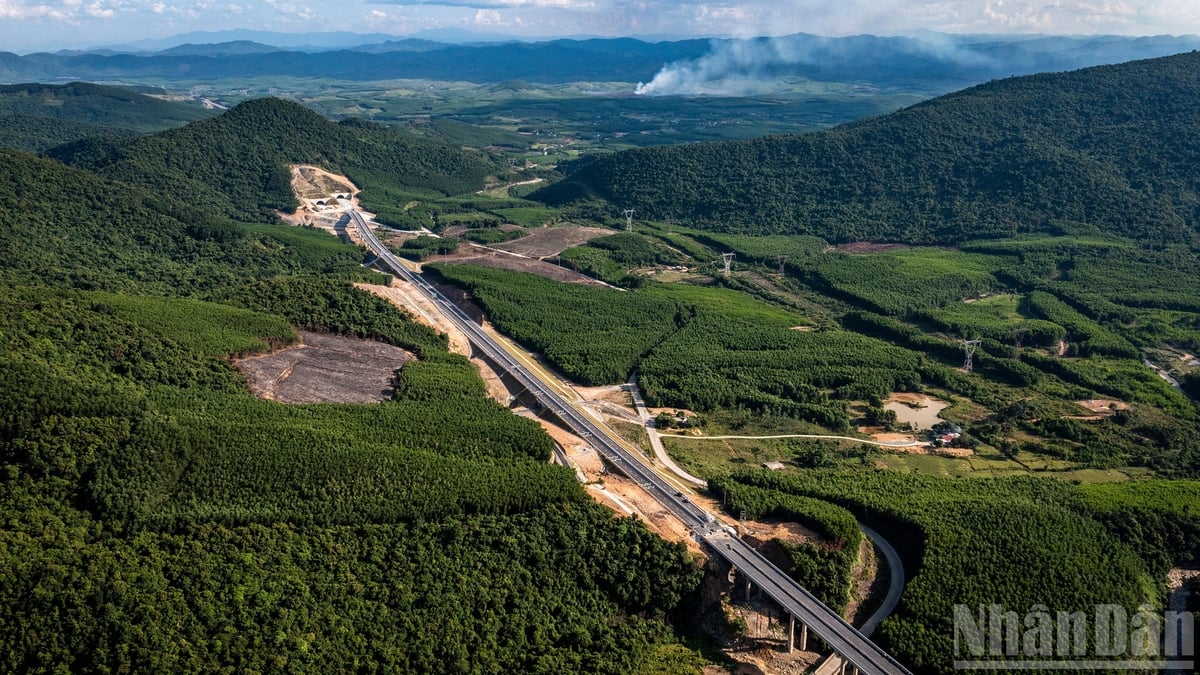




















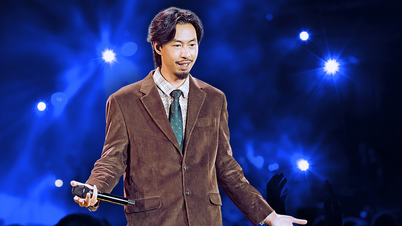







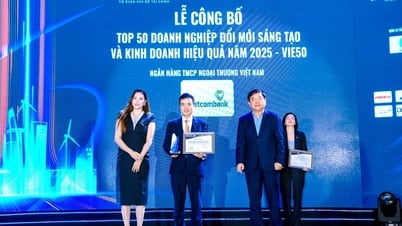
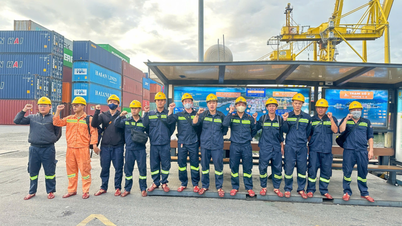
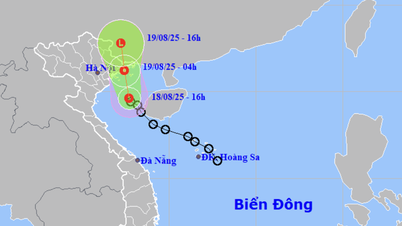



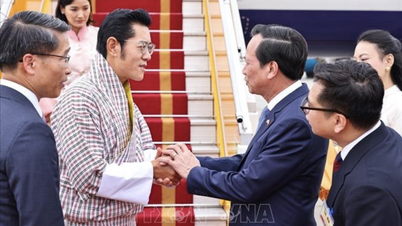










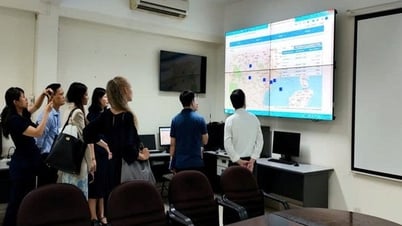























Comment (0)